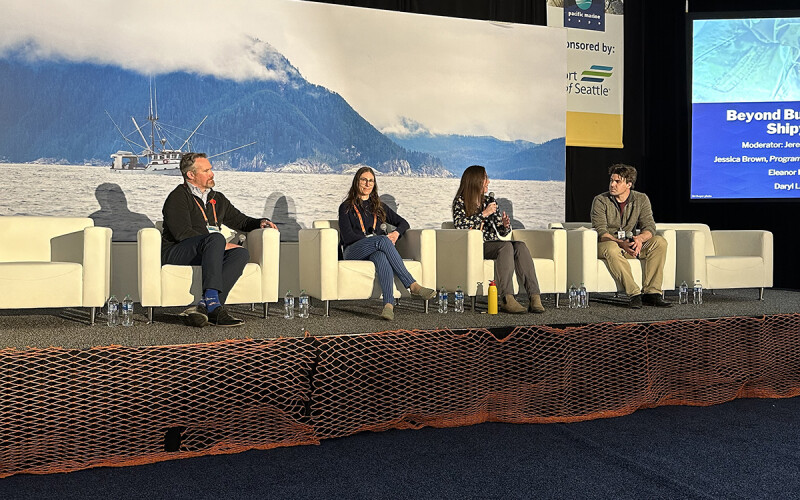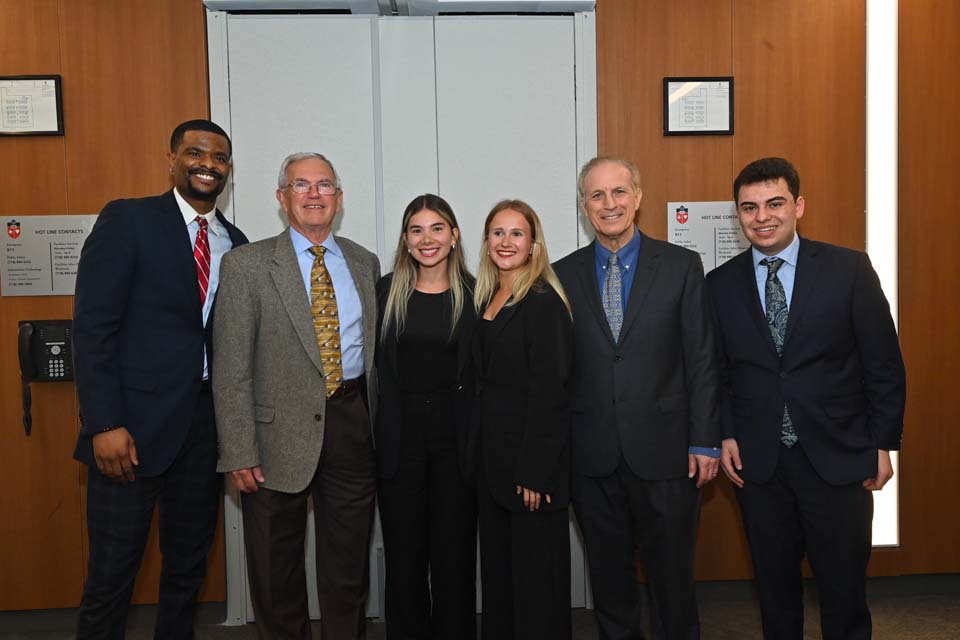On Washington State’s Puget Sound, maritime industries deal with mounting environmental challenges. There are requires for cleaner air, trusted ferry services, restoring fisheries and safeguarding endangered whales.
Then pile on waterfront progress, where by new apartment citizens do not want obvious lights and truck targeted visitors. Not considerably powering are standard prospects – ship, workboat and fishing vessel operators who by themselves must adapt to transforming priorities, and need to have aid.
How to make that all get the job done was the matter of a seminar on sustainability in shipyard and port functions these days at the Pacific Marine Expo in Seattle.
The Pacific Northwest is a booming sector for Seaspan Shipyards in British Columbia, where the workforce has developed from 50 people today in 2011 to far more than 4,000 at its yards. The firm has plenty of operate from Seattle-primarily based fishing and commercial vessels, with contracts booked to 2040, mentioned Daryl Lawes, senior supervisor, natural environment at Seaspan.
The organization recently received permit acceptance from the Vancouver Fraser Port Authority (to lengthen its North Vancouver drydock services to improve potential by 30% and support extra vessels.
To get the permit, Seaspan is “subject to 61 ailments that deal with the regional impacts of sounds, air emissions and lighting,” according to a firm assertion about the growth. “Seaspan has committed to employing many mitigation measures to its existing operation, as well as to the expanded amenities.”
Element of that is tied to the truth that shipbuilding has new neighbors in Vancouver.
“Those condos are not low cost,” claimed Lawes. Good quality of lifetime challenges such as website traffic, sounds and air good quality are inevitably a obstacle of co-existing with other people.
“To do that, we have to be a responsible enterprise,” he claimed.
The title of their seminar was “Beyond Buzzwords.” That was the caution offered by panelists Lawes Jessica Brown, program manager for atmosphere and sustainability for the Port of Seattle and Eleanor Kirtley, senior program manager for Eco-friendly Marine, the North American environmental certification method.
Catchy phrase sets this kind of as “zero emission” can generate significant expectations but tiny in concrete, deliverable ways to solving challenges, they stated.
One particular way to go is using “performance-centered metrics” working with details to measure overall performance for new ways, stated Brown of the Port of Seattle. Port planners use that kind of assessment that looks at price tag, reward, environmental affect, and issues of fairness for port customers and the community.
One more will need is for port operators and consumers to communicate about requires and prospects, said Brown. A person case in point in Seattle was a tenant who was shelling out key revenue to provide in sewage trucks to support vessels, she said. After understanding about that require, and the expense, port planners have been ready to include new pump-outs into pier enhancements.
Along with safeguarding h2o good quality, the enhancement brough environmental wins in minimized crowding on the waterfront and considerably less targeted traffic and diesel emissions.
“We’re genuinely great at preserving more mature pieces of tools going,” reported Lanes. Increasingly corporations are faced with selections on regardless of whether to retrofit or go with newbuild, but individuals sort of organizations choices are dependent on customers wishes and authorities assist, he stated.
The trends are in movement. For many years California’s moves to boost air high-quality have driven emission reductions throughout the U.S. car business, and now the state’s moves to minimize air air pollution all-around its ports are furthermore having an result of encouraging lower-emission vessel layouts for ferries and tugboats. Globally the delivery business is beneath broad stress for decarbonization, even if just the initially techniques toward reducing the burning of major bunker oils.
“There’s a value in not acting” as more shipyard shoppers choose they too need to have to adapt, stated Kirtley.
Lawes recalled how Seaspan misplaced a potentially massive agreement a handful of many years ago from a client over “their ambitions of what they needed to see” in decarbonizing their maritime enterprise. “We dropped tens of millions, so there is a price there for positive.”




